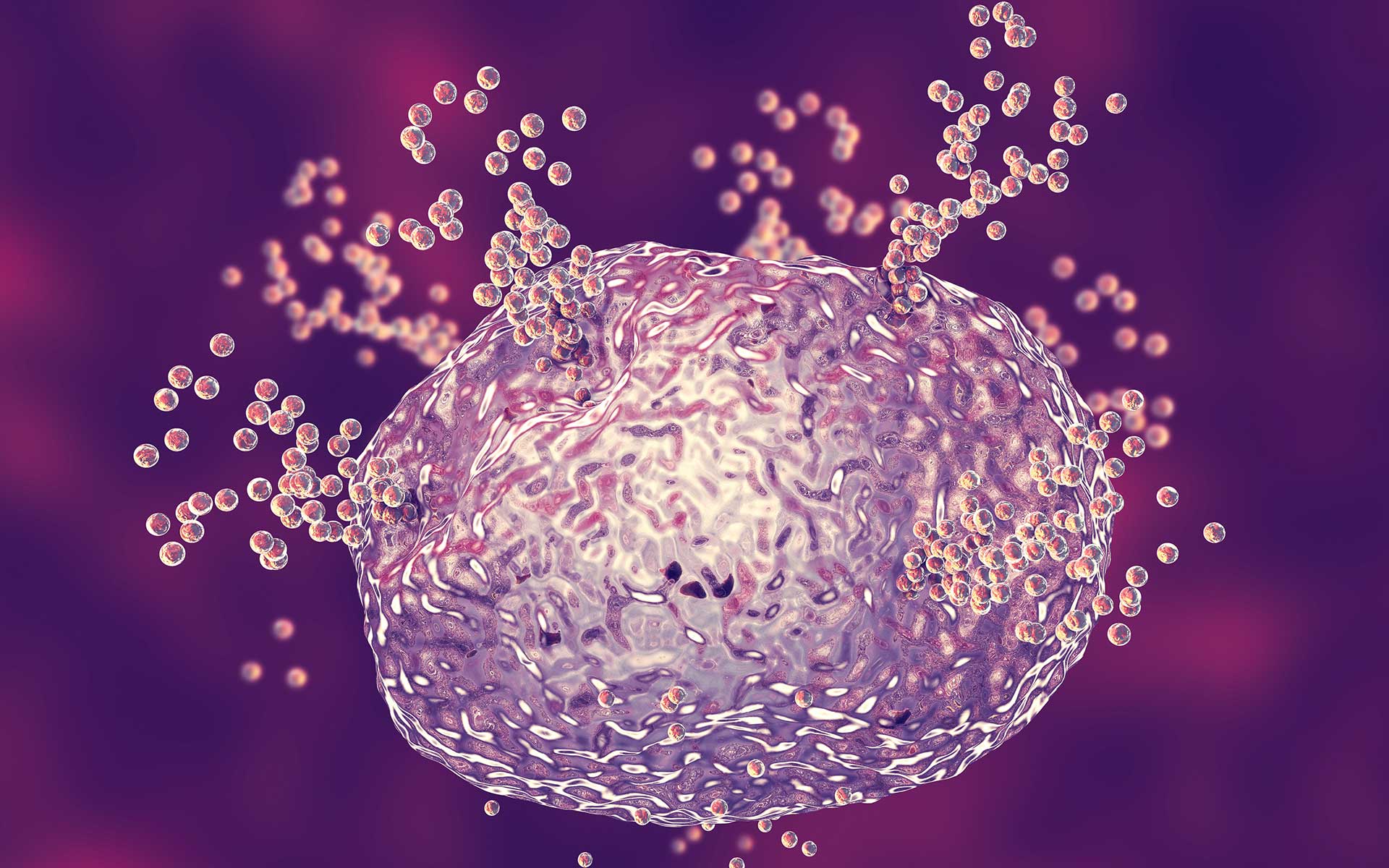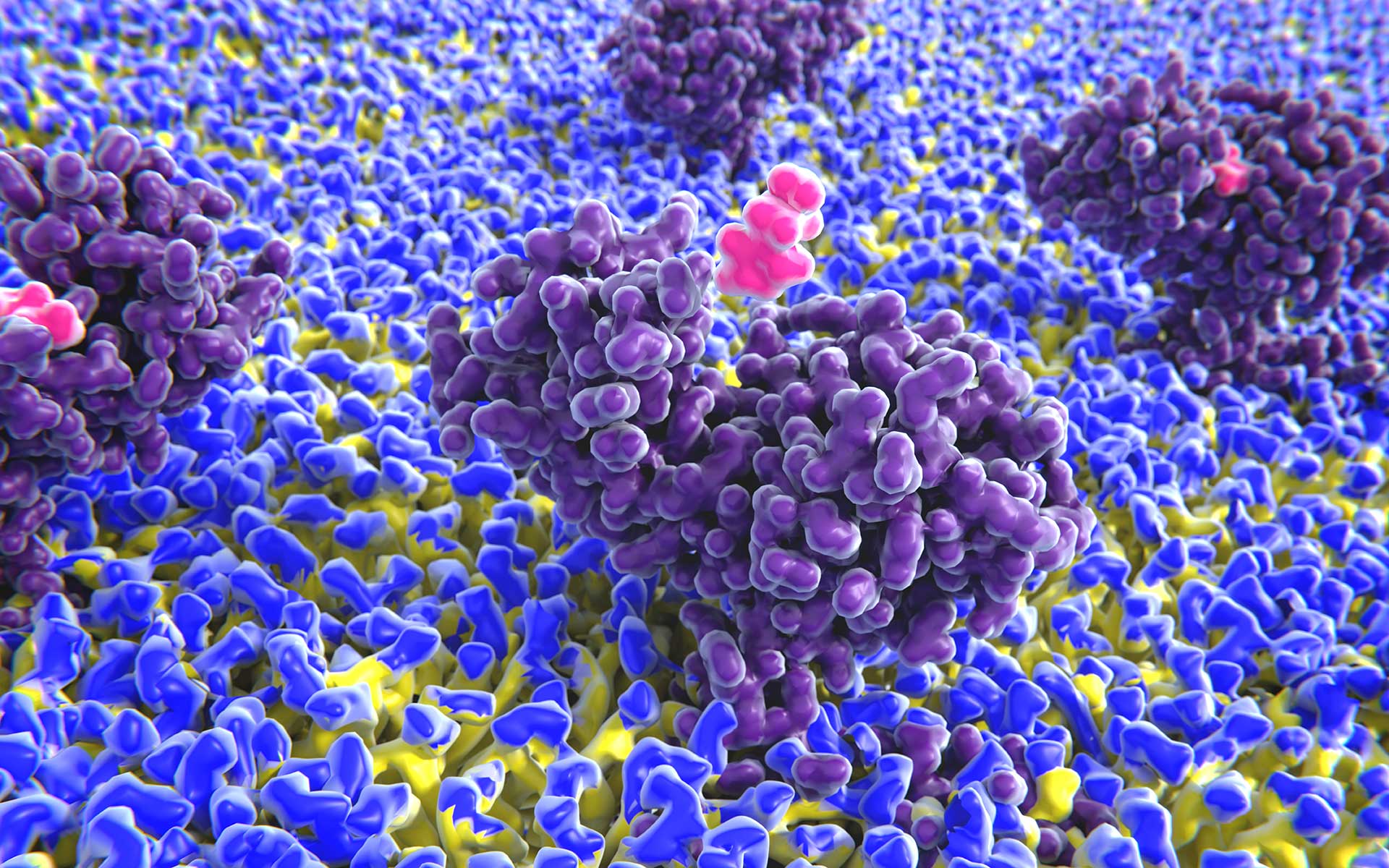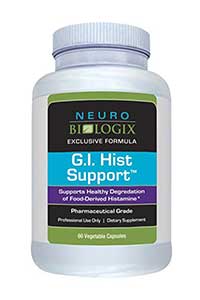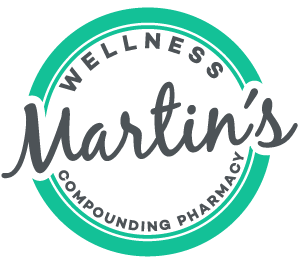What is Histamine Intolerance & What Are Its Symptoms

When you have allergies, some of your triggers -- such as pollen, pet dander, or dust send a chemical message to basophils, (white blood cells that contain granules filled with histamine), and mast cells.
Mast cells (thought to exert critical proinflammatory functions) are found in nearby connective tissues, mostly in the skin, lungs, nose, mouth, gut, and blood. The message is, “release histamines”.
When they leave the mast cells, histamines then dock at special places called "receptors" in your body. The result? If your nose was affected -- say by inhaled mold or pollen -- histamines prompt thin walls, called membranes, to make more mucus.
This mucus acts as a protective barrier and carrier to push the allergen out. You can get a runny or stuffy nose. And you'll sneeze. The mucus can also bother your throat and bronchial tract and make you cough. Histamines can make your eyes and nose itch and water or whatever it takes to get the job done.

What is the Function of Histamine?
Histamine increases the permeability of the capillaries to white blood cells and some proteins, to allow them to:
• Communicates messages to your brain
• Trigger release of stomach acid to help digestion
• Release after injury or allergic reaction as part of your immune response
• Start the process that moves allergens out of your body or off your skin
• Boost blood flow in the area of your body the allergen affected
• Causes inflammation, which lets other chemicals from your immune system step in to do repair work.
Histamine is engaged with the reaction and plays a focal part as an arbiter of the itching sensation. As a feature of an invulnerable reaction to unfamiliar microorganisms, histamine is created by basophils and by mast cells found in adjacent connective tissues.
What is Histamine Intolerance?
Some have said to me “it sounds like histamine is my friend, so why is it giving me so much trouble?” When histamine levels get too high or when they can’t break down properly, it can affect your normal bodily functions.
You naturally produce histamine along with the enzyme diamine oxidase (DAO), which is responsible for breaking down histamine. Individuals with a DAO gene mutation may have a tendency towards high histamine. If you develop a DAO deficiency and are unable to break down histamine, you could develop an intolerance. Histamine intolerance is not sensitivity to histamine, but an indication that you’ve developed too much of it.
Some reasons your DAO enzyme levels could be affected include:
• Medications that block DAO functions or prevent production
• Gastrointestinal disorders, such as leaky gut syndrome and inflammatory bowel disease
• High histamine foods such as fermented foods, e.g. sauerkraut, sausage, cheese, yogurt, and alcoholic beverages. Tuna, olives, spinach, eggplant, avocados, tomatoes, cherries, and citrus fruits all cause DAO enzymes to function improperly
• Even bacterial overgrowth due to undigested food.

Histamine Intolerance Symptoms
An impaired histamine degradation may result in histamine excess which may cause numerous symptoms mimicking an allergic reaction, such as:
• Headaches
• Skin irritation, hives, flushing, or redness of the face/skin
• Dizziness
• Accelerated heart rate, (Note: a good way to see if you are having a histamine reaction to a food is to take your pulse before you ingest that particular food then take your pulse 15 or 20 minutes after and see if it has increased)
• Difficulty regulating body temperature
• Nervousness
• Nausea and/or abdominal cramps
• Nasal congestion, sneezing, difficulty breathing
Histamine Intolerance Treatment
Managing histamine intolerance is usually conducted through dietary changes, but taking antihistamines or enzyme supplements is also an efficient way of doing the same. A lot of medications can affect the trigger and release of histamine, so reading through your medication labels is definitely something that you want to do regardless.
The supplement GI Hist by NeuroBiologix may help assist with these types of issues. It contains a porcine kidney. Research suggests that DAO derived from the porcine kidney appears to have identical action to DAO derived from the porcine intestine, which is almost identical to our own. GI Hist also includes other antihistamine properties such as: Stinging Nettles, Bromelain, and NAC. It is one of the histamine intolerance supplements that we highly recommend.

GI Hist Support by Neurobiologix
